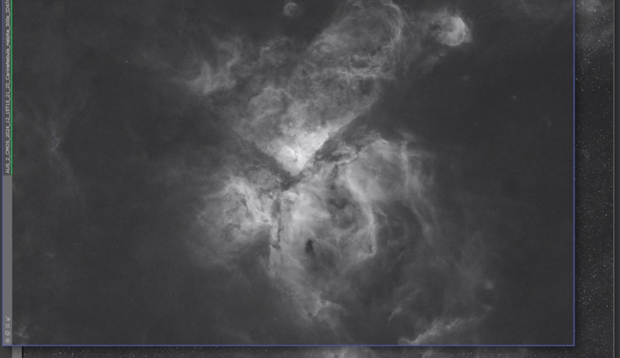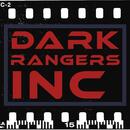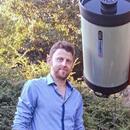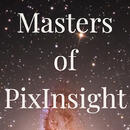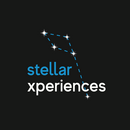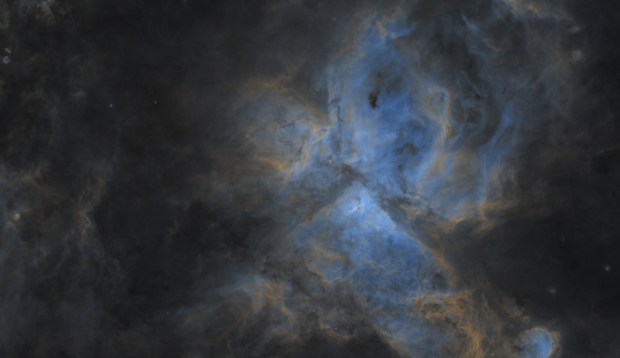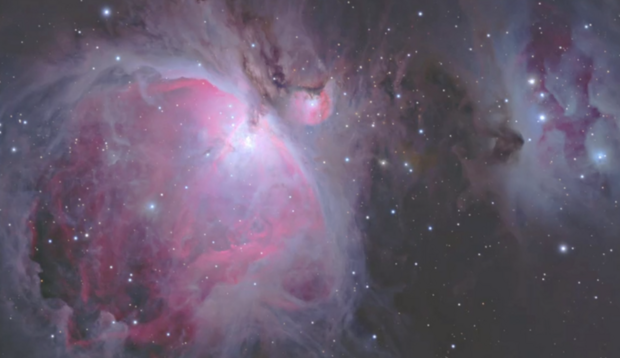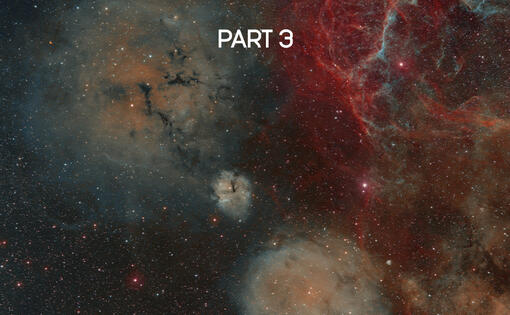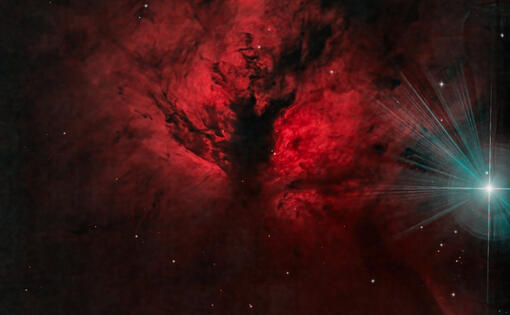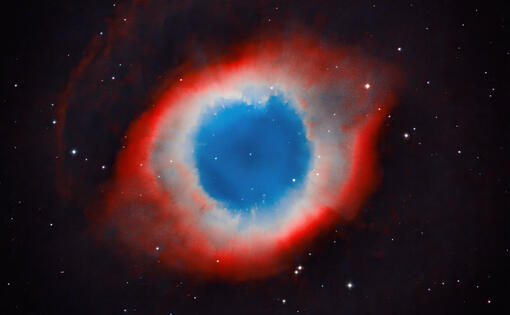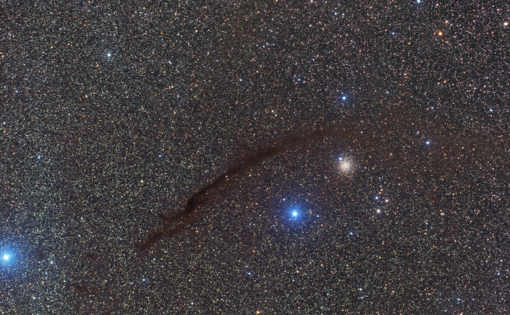Our tutors
Most Popular
All Tutorials
Picking The Right Software
[ Free ]
Picking The Right Software
This short video series is intended to help beginners get up and running with astrophotography quickly and easily. We will tell you what astrophotography is, we'll guide you through the necessary gears for practising deep-sky imaging, talk about the art of post-processing and finally help you choose the software that better suits your needs.
Start here: Download your images
[ Standard ]
Start here: Download your images
If you are new to astrophotography and you are trying to understand which post-processing software is the right one for you, then this series is what you are looking for. In these videos, Telescope Live co-founder Alex Curry will guide you through the four leading software dedicated to astrophotography. You will get a quick and raw demonstration of how you can post-process a picture in about 5 minutes with Siril, Astro Pixel Processor, Affinity Photo or Pixinsight.
Intro to Siril
[ Standard ]
Intro to Siril
If you are new to astrophotography and you are trying to understand which post-processing software is the right one for you, then this series is what you are looking for. In these videos, Telescope Live co-founder Alex Curry will guide you through the four leading software dedicated to astrophotography. You will get a quick and raw demonstration of how you can post-process a picture in about 5 minutes with Siril, Astro Pixel Processor, Affinity Photo or Pixinsight.
You can access the Siril scripts by clicking on "Associated Datasets" below, or by using this link:
Intro to PixInsight
[ Standard ]
Intro to PixInsight
If you are new to astrophotography and you are trying to understand which post-processing software is the right one for you, then this series is what you are looking for. In these videos, Telescope Live co-founder Alex Curry will guide you through the four leading software dedicated to astrophotography. You will get a quick and raw demonstration of how you can post-process a picture in about 5 minutes with Siril, Astro Pixel Processor, Affinity Photo or Pixinsight.

